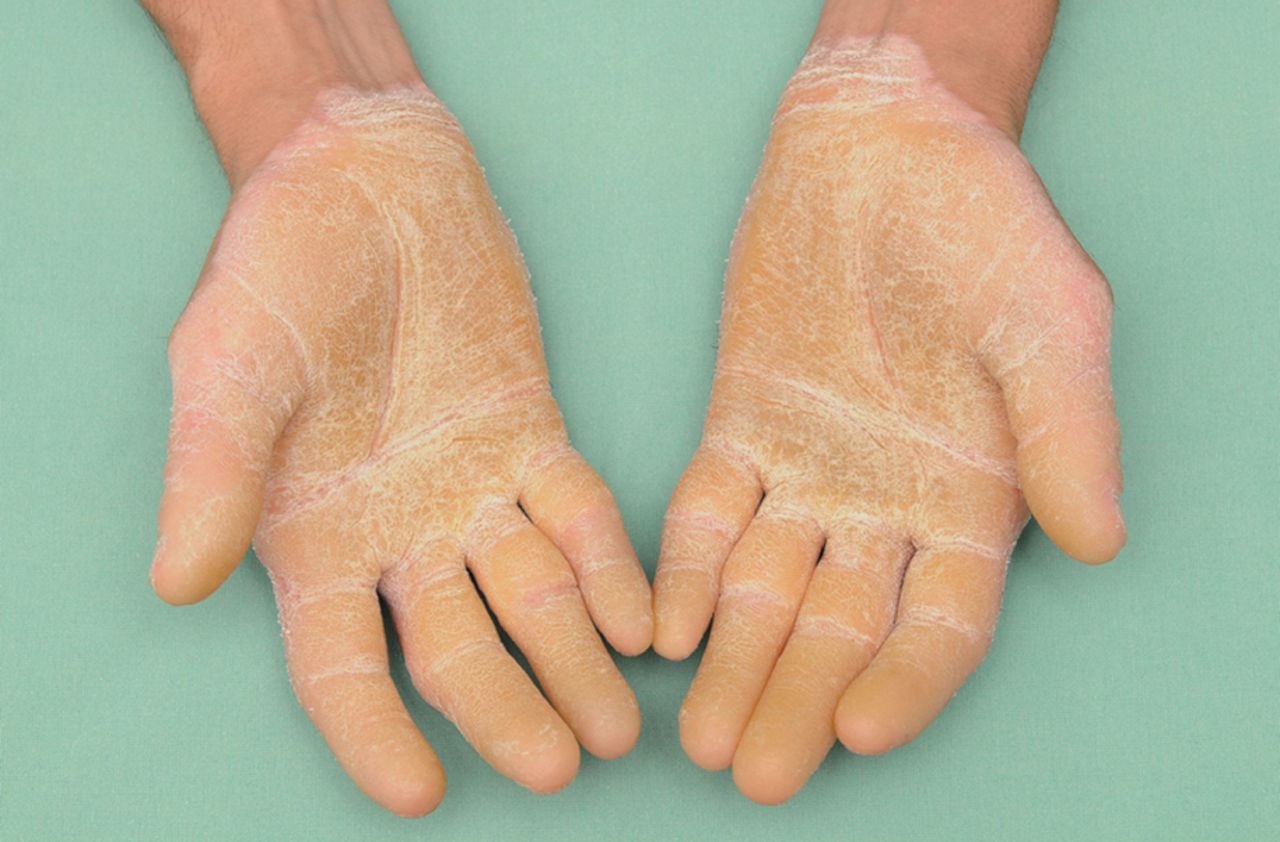
Coproporphyria is a rare genetic disorder that affects the body's ability to produce heme, an essential component of hemoglobin. This condition can lead to a variety of symptoms, including abdominal pain, neurological issues, and skin sensitivity. Understanding coproporphyria is crucial for those affected and their families, as it can help in managing symptoms and improving quality of life. In this blog post, we'll explore 30 fascinating facts about coproporphyria, shedding light on its causes, symptoms, treatments, and much more. Whether you're a patient, caregiver, or just curious, these facts will provide valuable insights into this complex condition.
Key Takeaways:
- Coproporphyria is a rare genetic disorder affecting heme production, leading to symptoms like abdominal pain and skin sensitivity. Management involves avoiding triggers, dietary changes, and regular monitoring for better quality of life.
- Historical facts about coproporphyria include its royal connection to King George III and its references in literature. Ongoing research aims to improve diagnosis and develop better treatments, offering hope for the future.
What is Coproporphyria?
Coproporphyria is a rare genetic disorder that affects the body's ability to produce heme, a vital component of hemoglobin. This condition can lead to a variety of symptoms, often making it difficult to diagnose. Here are some intriguing facts about coproporphyria.
-
Genetic Basis: Coproporphyria is inherited in an autosomal dominant manner, meaning only one copy of the mutated gene is needed to cause the disorder.
-
Enzyme Deficiency: The condition results from a deficiency in the enzyme coproporphyrinogen oxidase, crucial for heme production.
-
Types: There are two main types: hereditary coproporphyria (HCP) and harderoporphyria, both involving different mutations in the same gene.
-
Symptoms: Common symptoms include abdominal pain, vomiting, and neurological issues like seizures and muscle weakness.
-
Triggers: Certain factors can trigger symptoms, such as drugs, alcohol, fasting, and stress.
-
Skin Sensitivity: Some individuals may experience photosensitivity, leading to blistering and swelling when exposed to sunlight.
-
Diagnosis: Diagnosis often involves urine, blood, and stool tests to detect elevated levels of porphyrins.
-
Age of Onset: Symptoms typically appear in adolescence or early adulthood, though they can occur at any age.
-
Gender Differences: Women are more likely to experience symptoms than men, possibly due to hormonal influences.
-
Acute Attacks: Acute attacks can be severe and require hospitalization for management.
How is Coproporphyria Managed?
Managing coproporphyria involves a combination of lifestyle changes and medical treatments. Here are some key facts about its management.
-
Avoiding Triggers: Patients are advised to avoid known triggers like certain medications, alcohol, and fasting.
-
Dietary Changes: A high-carbohydrate diet can help manage symptoms by providing the body with an alternative energy source.
-
Medications: Hematin, a medication derived from blood, can be used to treat acute attacks.
-
Pain Management: Pain relief is crucial during acute attacks, often requiring strong painkillers.
-
Monitoring: Regular monitoring of porphyrin levels helps manage the condition and prevent complications.
-
Genetic Counseling: Families may benefit from genetic counseling to understand the risks and inheritance patterns.
-
Sun Protection: For those with skin sensitivity, using sunscreen and protective clothing is essential.
-
Emergency Plan: Having an emergency plan in place can help manage sudden acute attacks effectively.
-
Support Groups: Joining support groups can provide emotional support and practical advice for managing the condition.
-
Regular Check-ups: Regular medical check-ups are important to monitor the condition and adjust treatment as needed.
Interesting Historical Facts
Coproporphyria has a fascinating history, with some notable cases and discoveries. Here are some historical facts.
-
First Described: The condition was first described in the early 20th century by Dr. Waldenström.
-
Royal Connection: Some historians believe that King George III of England may have suffered from a form of porphyria.
-
Porphyria Cutanea Tarda: This is another type of porphyria that was historically confused with coproporphyria due to similar symptoms.
-
Medical Advances: Advances in genetic testing have significantly improved the diagnosis and understanding of coproporphyria.
-
Literary References: Porphyria has been referenced in literature, including in the works of Bram Stoker, who wrote "Dracula."
-
Research: Ongoing research aims to develop better treatments and possibly a cure for coproporphyria.
-
Awareness: Increased awareness and education about the condition have led to earlier diagnosis and better management.
-
Rare Disease: As a rare disease, coproporphyria has been the focus of various rare disease advocacy groups.
-
Biochemical Discoveries: Discoveries in biochemistry have shed light on the complex pathways involved in heme production.
-
Future Prospects: Gene therapy holds promise as a potential future treatment for genetic disorders like coproporphyria.
Final Thoughts on Coproporphyria
Understanding coproporphyria can be a game-changer for those affected by this rare condition. Knowing the symptoms, triggers, and treatment options helps manage the disease more effectively. It's crucial to recognize early signs like abdominal pain, neuropathy, and psychiatric symptoms. Avoiding triggers such as certain medications, alcohol, and stress can prevent acute attacks.
Genetic counseling is also a valuable resource for families with a history of coproporphyria. Staying informed and proactive can make a significant difference in quality of life. Always consult healthcare professionals for personalized advice and treatment plans.
By spreading awareness and knowledge, we can support those living with coproporphyria and contribute to ongoing research efforts. Let's continue to educate ourselves and others about this condition, ensuring better outcomes for everyone involved.
Frequently Asked Questions
Was this page helpful?
Our commitment to delivering trustworthy and engaging content is at the heart of what we do. Each fact on our site is contributed by real users like you, bringing a wealth of diverse insights and information. To ensure the highest standards of accuracy and reliability, our dedicated editors meticulously review each submission. This process guarantees that the facts we share are not only fascinating but also credible. Trust in our commitment to quality and authenticity as you explore and learn with us.


